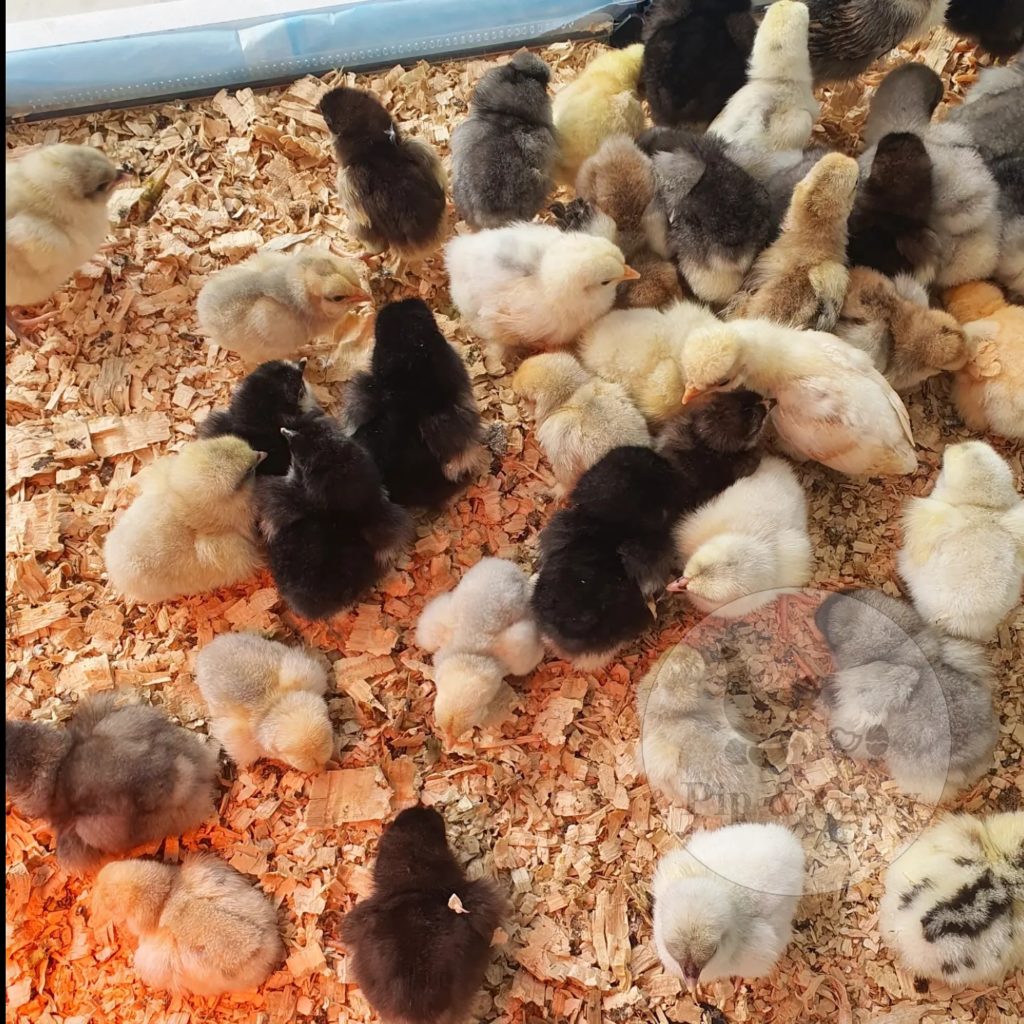
When we offer our chicks as “Unsexed,” it means they are purely unsexed, leaving it entirely up to mother nature and chance. Customers can select their chicks without any guarantee of their sex. While it would be more profitable for us to offer all chicks as “Sexed,” allowing for better marketability and reduced feed and raising costs for pullets, the majority of heritage breeds cannot be reliably sexed immediately after hatching. Exceptions include sex-linked or auto-sexing breeds, which can be identified by specific coloration or markings at hatch. Read More.
As a professional breeder, maintaining accuracy in sexing heritage chicks is crucial when marketing them as “sexed.” While some breeds may display slight variations in color or markings between male and female chicks, these differences are not always reliable indicators. Despite the numerous myths circulating online about sexing chicks, we cannot justify offering our chicks as “Sexed” and applying a higher price tag without the evidence and statistics to support their sex.
Consider this: if these sexing myths were consistently reliable across all poultry breeds, there wouldn’t be a need for a profession dedicated to chick sexing.
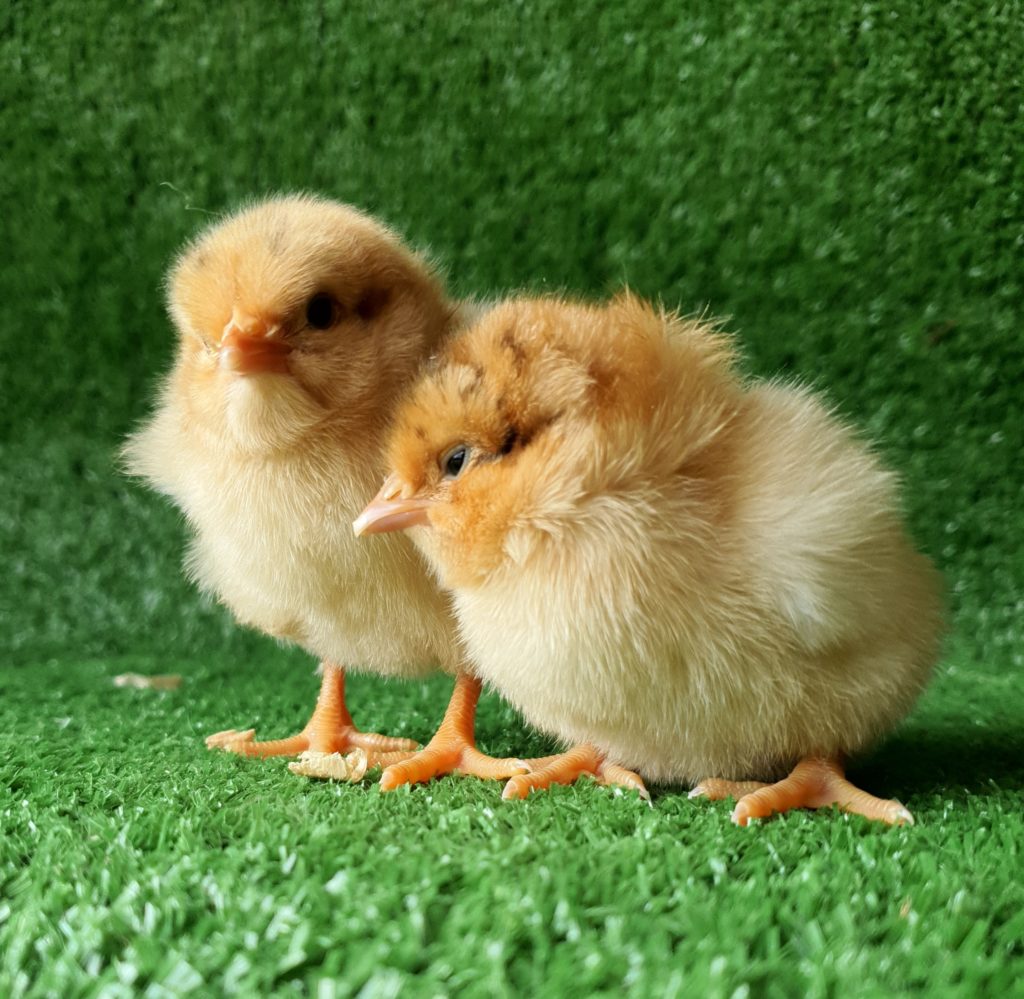
– Wing sexing, also known as feather sexing is a method of determining chick sex by examining the length of their wing feathers, is generally not applicable to all heritage breed chicks. This technique is more commonly used in commercial poultry production, particularly with specific breeds developed for rapid growth and egg production, such as broilers and certain hybrid layers. Most heritage breeds do not exhibit significant differences in wing feather length between male and female chicks at hatch.
There is a sex-linked gene in chickens called the “feather sexing” gene, which results in differences in feather growth rates between male and female chicks. When a rooster carrying the rapid feathering gene is crossed with a hen carrying slow feathering gene, such as a Leghorn rooster crossed with an Orpington hen, the resulting offspring can be sexed at hatch based on wing feather growth.
However, this method only works with certain crosses, and all offspring will be cross breed and this trait only works for one generation. More info
– Vent sexing, a common method performed by professionals, involves examining the genital area of chicks. However, even with years of experience, vent sexing is not always accurate, typically offering around 80% accuracy.
– Probe sexing, utilizes special equipment to view the reproductive organs inside the chick’s vent. This technique requires training and experience and typically guarantees around 90% accuracy.
It’s important to note that there are not many qualified chick sexers available in Australia, and they often fly in and out of different states.
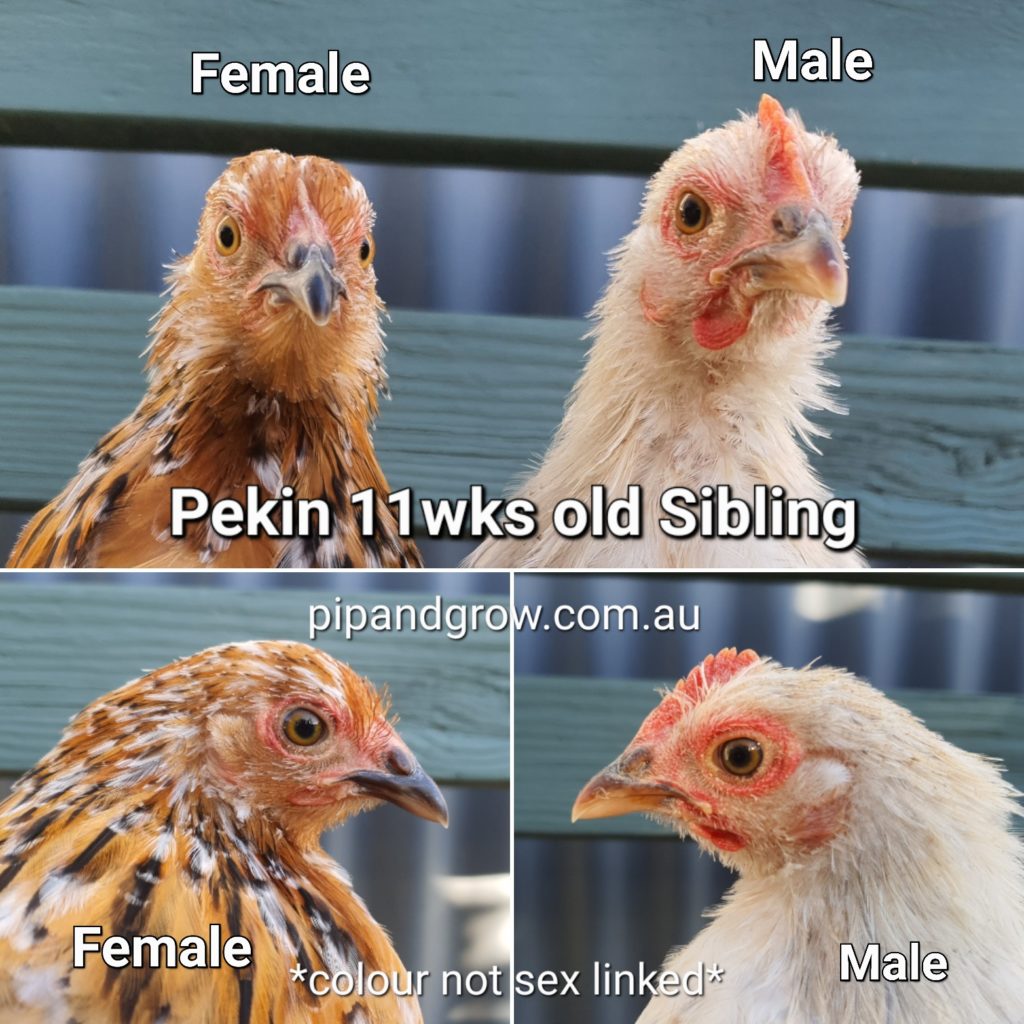
In many instances, accurate sex determination of heritage chicks may require waiting until they are older, typically several weeks old, when secondary sexual characteristics begin to develop, offering a more reliable method of sex determination. Please see our sexing tip for more information – by breed
Based on our experiences, the ratio of male chicks in our “Unsexed” batches can vary widely, ranging from 0 to 100%. On average, our customers typically receive a ratio of 40-60% male and female chicks, but there have been instances where an entire batch purchased turned out to be all male or all female. Unfortunately, in instances where the entire batch picked up turns out to be all males, we sometimes receive unwarranted blame. As much as we wish we could control the gender outcome, it ultimately depends on nature’s chance and the luck of the draw.
We want to ensure that all our customers fully understand this variability before making a purchase. If you’re not comfortable with this level of uncertainty, we kindly advise against purchasing our “Unsexed” chicks.
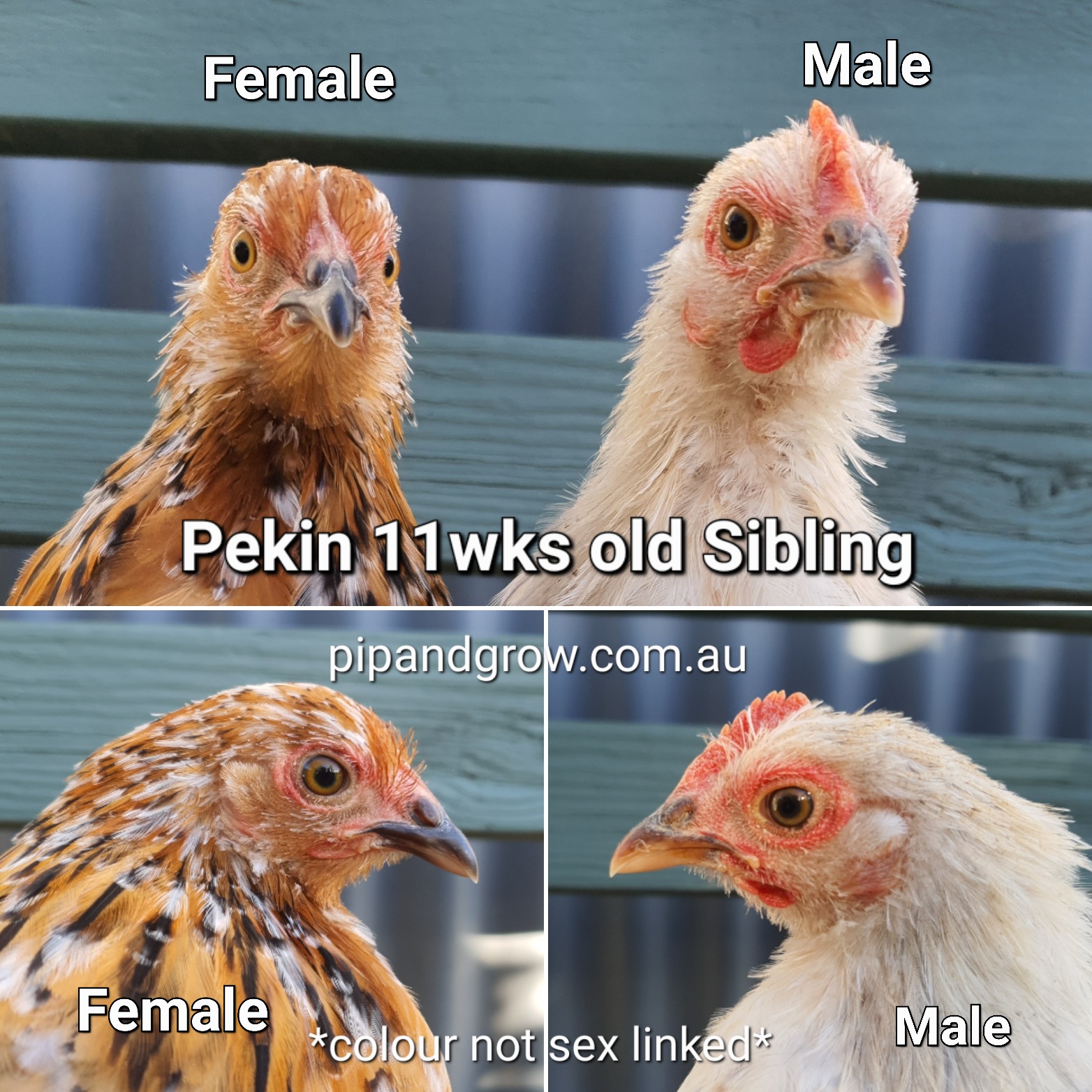
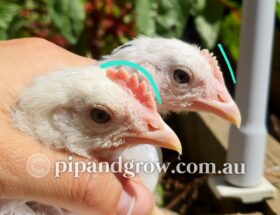
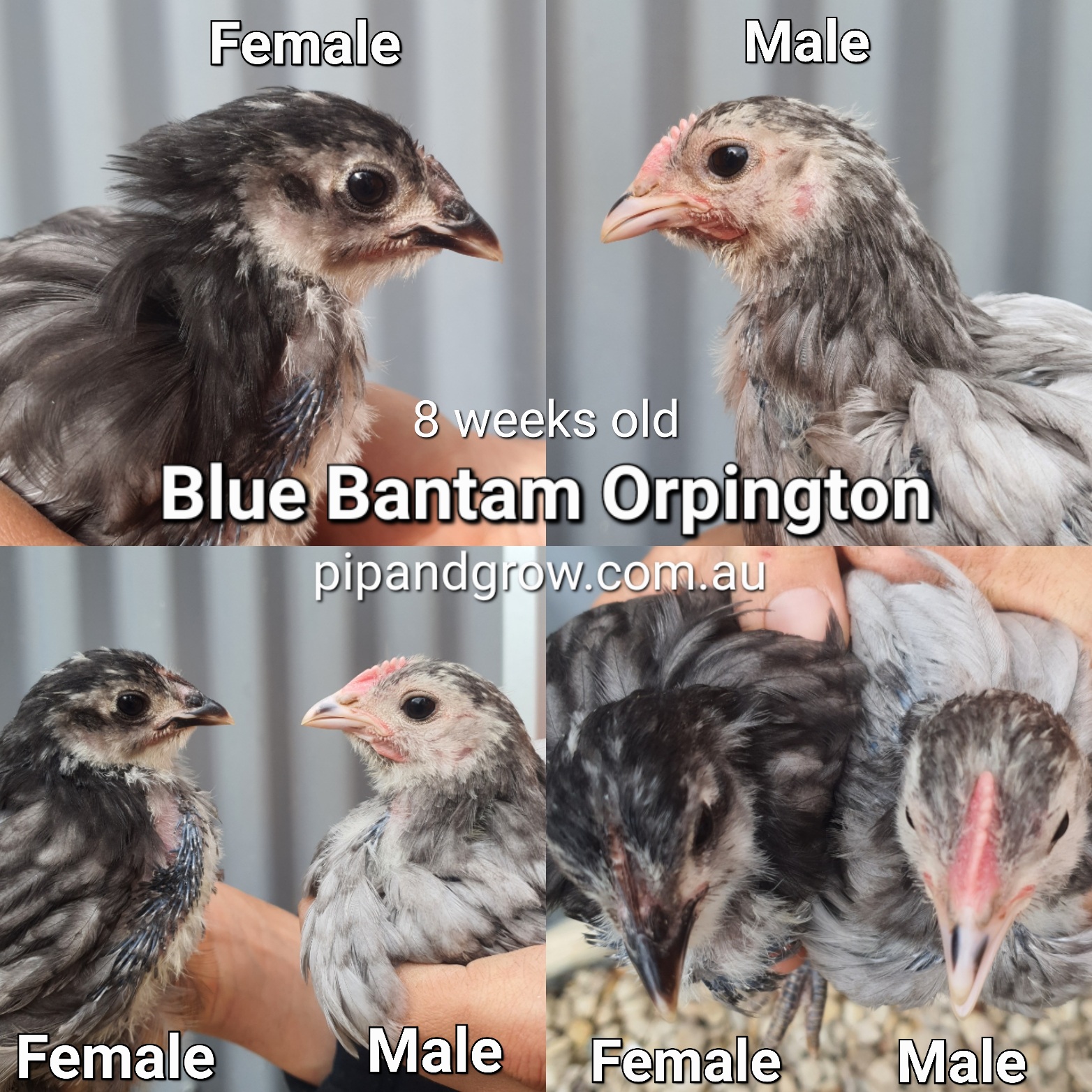
Thank you for this information. I helped a lot.🐓